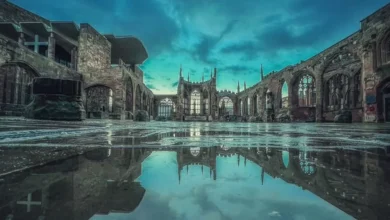Tusker Rock: Photographer’s ‘ships’ graveyard’ tribute
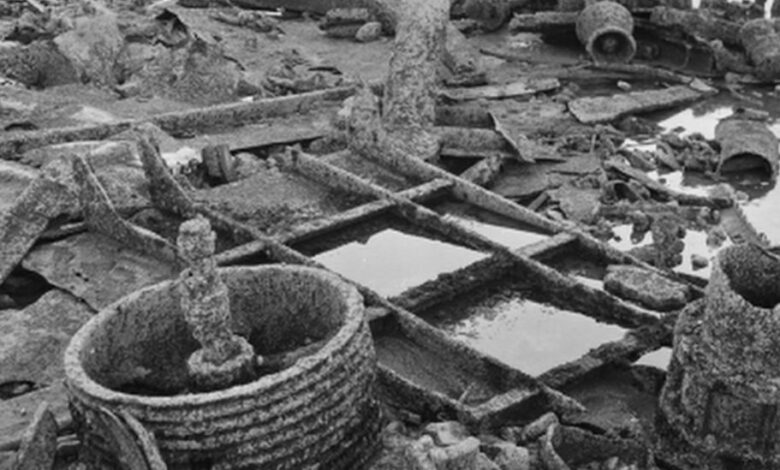
It is known as the graveyard for ships.
Tusker Rock is less than 500m (0.3 miles) long and about 3km (two miles) west of Ogmore-by-Sea in Vale of Glamorgan. It has claimed dozens of lives over the centuries.
Now a photographer from Porthcawl, Bridgend county, is working on a project to pay tribute to those lost at sea after hitting the small island.
Peter Britton, 40, is fascinated by the rock and chose it as the focus for his artwork, Ghost Ships and Tides.
“My intentions are to create a photographic and video artwork about the rock, but with the legacy of the lives lost at the project’s heart,” he said.

“It’s a very treacherous place, as is the Bristol Channel itself,” Mr Britton said.
“There are two shipwrecks on the rock and it’s my desire to document these shipwrecks to create a body of photographic work about them.”
Records show how the rock has been a lethal hazard for ships for centuries.

In January 1883, the wreck of the SS James Grey was discovered on the rock after the crew of 25 drowned.
Then in October 1886, the iron sailing ship Malleny left Cardiff for Rio de Janeiro with coal. All 20 crew members were lost when the ship sank after hitting Tusker.
The earliest record of the hazard is 1798, when a vessel called The Brothers ran onto Tusker Rock, but all crew members were saved.
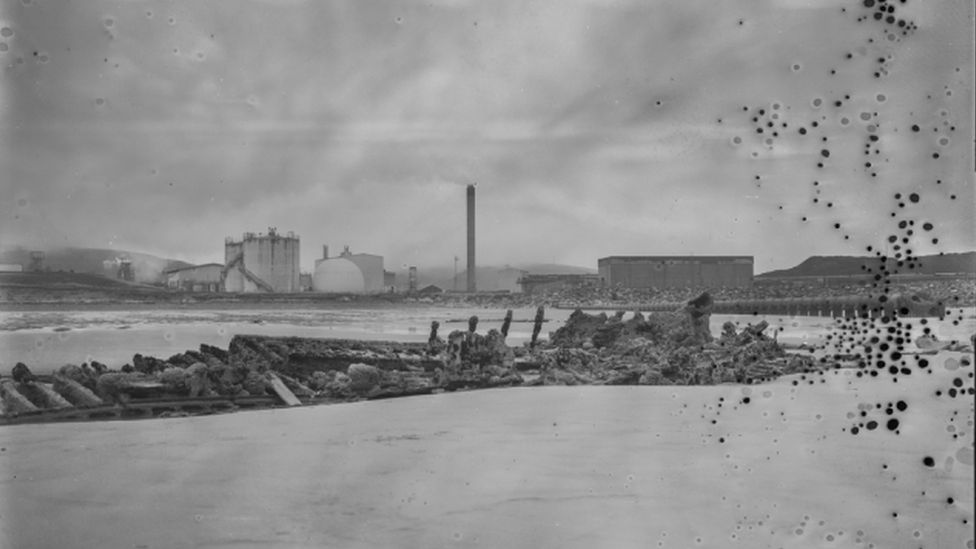
One wreckage, of the French steamer Liban, can still be seen on the island after hitting the rock in March 1882. While eight crew were saved, three lost their lives.
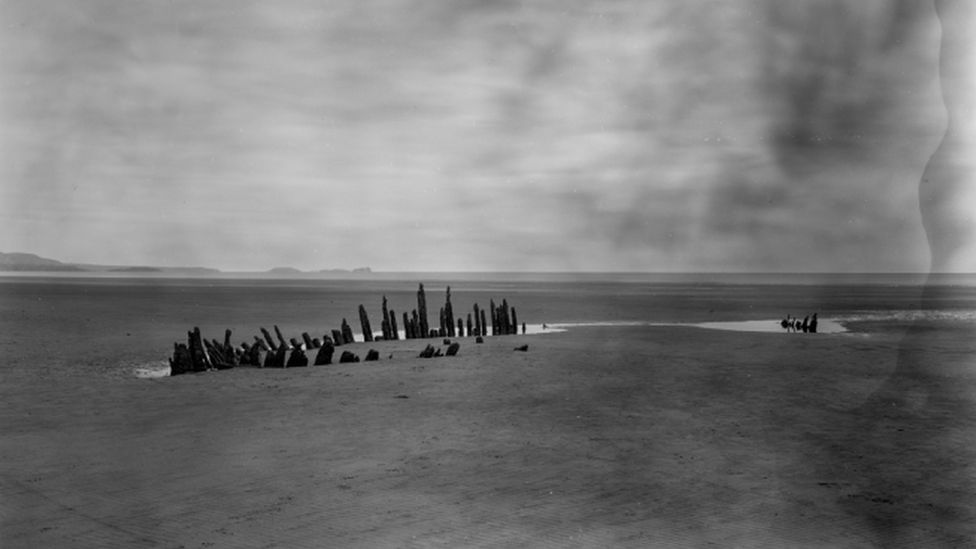
Mr Britton, who recently set sail to the island, said: “The SS Liban remains themselves are beautiful things as they become part of the rock.
“They almost turn into rocks themselves as the barnacles take over. The remains of the Liban really do look like a skeleton which is extremely pertinent for the project I’m creating.”

The other visible wreck on the island is from the British dredger Steepholm. It ran aground in October, 1968.
The crew of seven survived, but the dredger was wrecked in bad weather.
“With the Steepholm, there are a lot more metal remains, like its enormous circular boiler, the propeller,” Mr Britton said.
“These are stand-out features which have become part of the rock. They are stark reminders of how treacherous this place has been.”
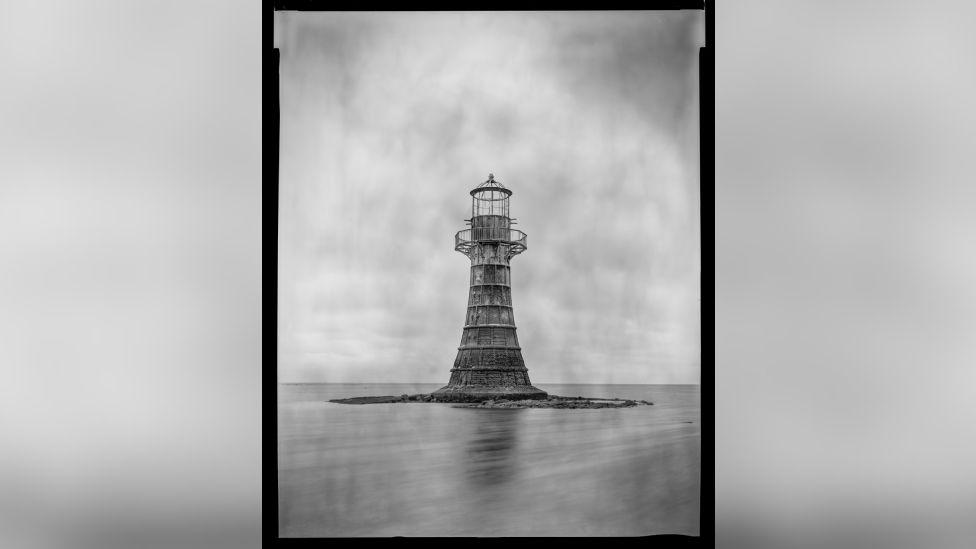
It is believed Tusker Rock takes its name from Tuska the Viking, who colonised the Vale of Glamorgan.
The exhibition at the National Waterfront Museum in Swansea continues until 4 June.









